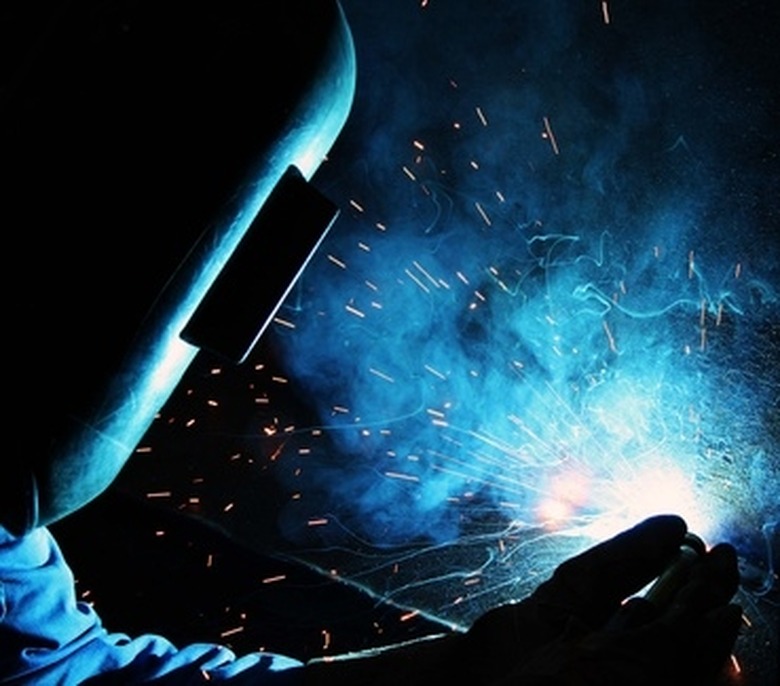What Is The Difference Between TIG Welding & MIG Welding?
Tungsten inert gas (TIG) and metal inert gas (MIG) are two types of arc welding processes. There are a few similarities between the two methods and many differences.
Electrode
Electrode
TIG welding uses a tungsten electrode that is not consumed during the welding process. MIG welding uses a metal electrode that doubles as filler material for the weld and is consumed during welding.
Shielding Gas
Shielding Gas
TIG welding primarily uses argon as a shielding gas, with helium occasionally used. Argon is also the primary shielding gas used in MIG welding, but argon mixtures and carbon dioxide are often used for different applications.
Filler Material
Filler Material
TIG welding requires a separate filler material in rod or wire format because the electrode is not consumed. MIG welding delivers the filler material via the electrode.
Work Piece Materials
Work Piece Materials
TIG welding can be applied to just about any metal, from steel to aluminum and exotic alloys. MIG welding was developed for nonferrous metals, but can be applied to steel.
Difficulty
Difficulty
TIG welding is considered to be more difficult than MIG welding because tighter tolerances have to be maintained between the electrode, the filler rod and the work piece.
Cite This Article
MLA
Kristoff, Susan. "What Is The Difference Between TIG Welding & MIG Welding?" sciencing.com, https://www.sciencing.com/difference-tig-welding-mig-welding-5616007/. 24 April 2017.
APA
Kristoff, Susan. (2017, April 24). What Is The Difference Between TIG Welding & MIG Welding?. sciencing.com. Retrieved from https://www.sciencing.com/difference-tig-welding-mig-welding-5616007/
Chicago
Kristoff, Susan. What Is The Difference Between TIG Welding & MIG Welding? last modified March 24, 2022. https://www.sciencing.com/difference-tig-welding-mig-welding-5616007/
